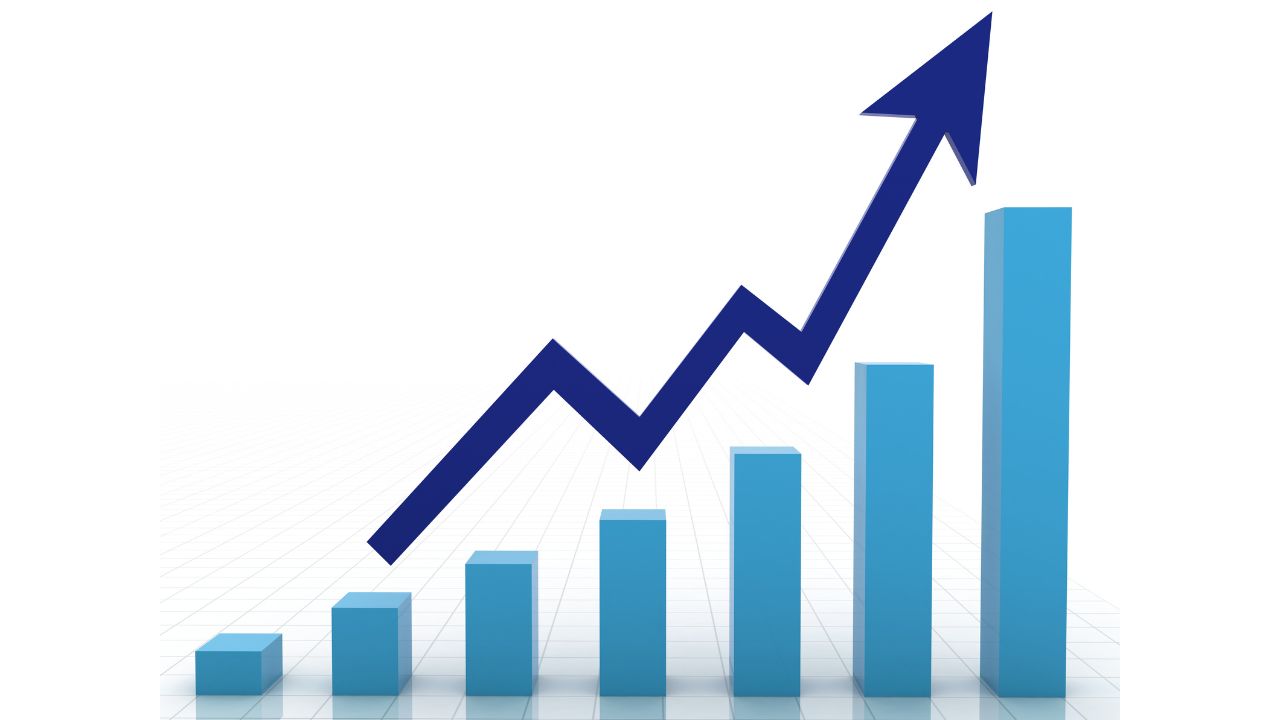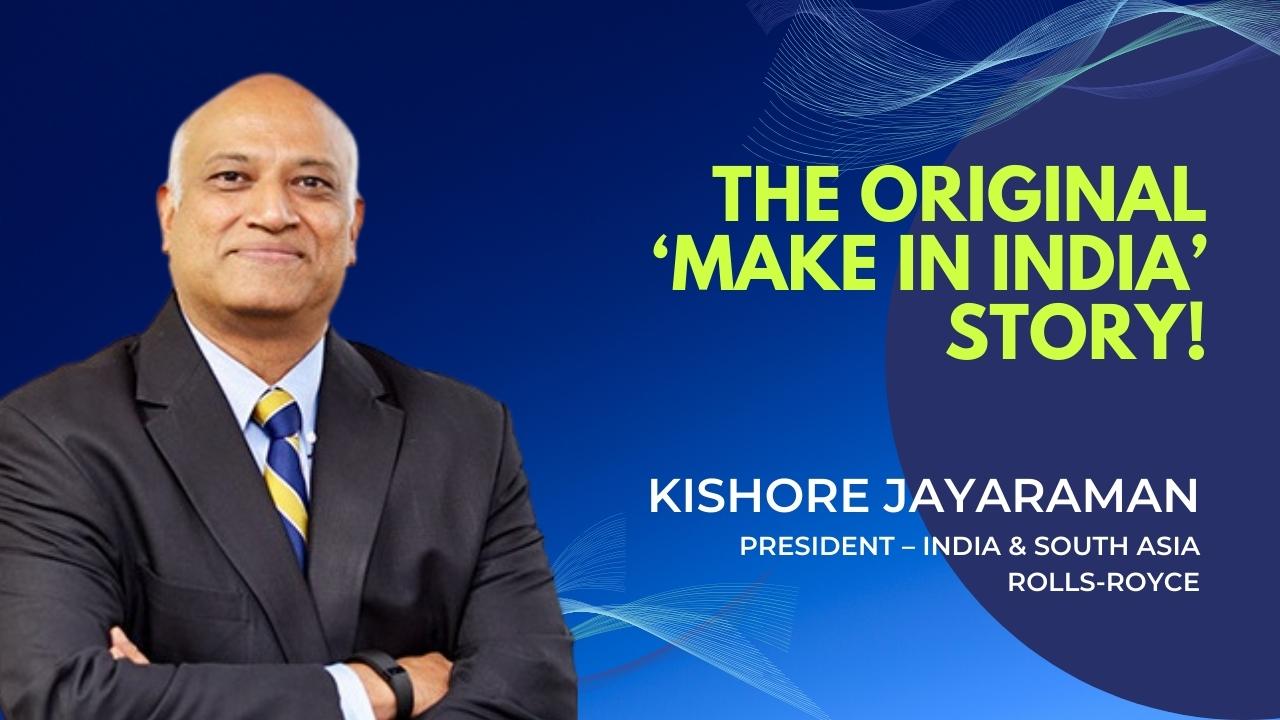Manufacturing PMI Hints at Buoyant Demand with the Latest Index at 58.8
#IndianManufacturing #ManufacturingPMI #PMI

May 2024 : The Indian manufacturing sector started the first fiscal quarter in a high gear, according to the latest HSBC PMI data. Operating conditions improved at the second-fastest pace in three-and-a-half years, supported by buoyant demand. Firms experienced a sharp upturn in new business intakes, and scaled up production accordingly. With sales expected to remain positive, buying levels were raised and input stocks lifted to one of the greatest extents seen in over 19 years of data collection. Cost pressures ticked higher, though remained historically mild, pushing up charge inflation to the strongest since January.
Despite falling from 59.1 in March to 58.8 in April, the seasonally adjusted HSBC India Manufacturing Purchasing Managers’ Index (PMI) signalled the second-best improvement in the health of the sector for three-and-a-half years. The PMI was comfortably above both the neutral mark of 50.0 and its long-run average (53.9).
Stocks of purchases, one of the five sub-components of the headline figure, increased sharply in April. The rate of expansion was the third-strongest seen since data collection started in early-2005, behind only those recorded last month and May 2023. Expectations that demand conditions will remain conducive to growth supported inventory-building initiatives.
April's rise in raw material stocks was supported by further increase in buying levels. Inputs were purchased to the greatest degree since June 2023. Another factor that facilitated this was suppliers' ability to deliver items in a timely manner. Vendor performance improved for the second straight month.
Indian manufacturers reported robust demand for their goods in April, from domestic and external clients. Total new orders rose sharply, with the pace of expansion being the second strongest since the start of 2021. Growth was spurred by healthy demand trends and successful marketing campaigns.
Other sources of sales gains cited by firms were Asia, Australia, Europe and the Americas. New export orders increased markedly in April, albeit at a softer rate than that seen for total sales, suggesting that the domestic market remained the main driver of growth.
Sustained improvements in demand, favourable economic conditions and greater sales volumes continued to underpin output growth. Despite easing since March, the pace of expansion was the second-strongest in three-and-a-half years.
Indian goods producers forecast higher output in the year ahead, relative to present levels. Moreover, business confidence strengthened in April on the back of expectations that demand will remain buoyant. Advertising and brand recognition were also reported as opportunities to the outlook.
To fulfil current and expected improvements in demand, manufacturers hired additional staff at the start of the first fiscal quarter. The pace of job creation was moderate, but nevertheless the quickest since September 2023. Meanwhile, pressure on operating capacities remained mild as evidenced by a slight uptick in outstanding business volumes.
Although the latest results showed an intensification of cost pressures during April, the rate of inflation remained below its long-run average. Among the items mentioned as up in price were aluminium, paper, plastics and steel.
Amid reports of higher material and labour costs, Indian manufacturers increased their selling prices in April. The rate of charge inflation quickened to a three-month high, converging to its long-run average.
NEWSLETTER
TRENDING ON PRO MFG
MORE FROM THE SECTION









